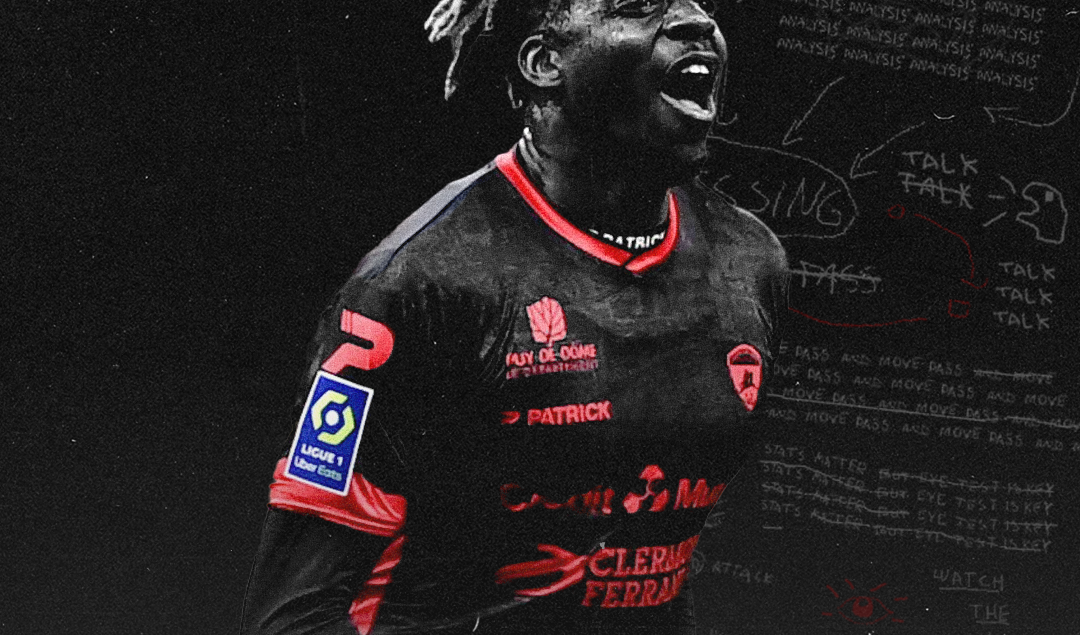Beyond Overlaps: The Evolution of the Full-Back into the Modern Playmaker
For the better part of a century, the full-back was one of the most clearly defined roles in football. They were defenders first and foremost—tasked with nullifying the opposition’s winger, making crunching tackles, and clearing their lines. Any attacking contribution was a bonus, typically a lung-busting overlap down the touchline culminating in a hopeful cross into the box.
Fast forward to the 2025-26 season, and that traditional archetype has become almost obsolete at the elite level. The modern full-back is now arguably the most complex, versatile, and tactically vital player on the pitch. No longer just a defender, they are now deep-lying playmakers, auxiliary midfielders, and a team’s primary source of creativity. This evolution has been a quiet revolution, fundamentally changing how top teams build attacks, control possession, and structure their entire tactical system.
The Guardiola Blueprint: The Inverted Full-Back
The genesis of the modern full-back’s transformation can be largely credited to the tactical innovations of Pep Guardiola. He introduced the concept of the “inverted full-back” to the mainstream—a role that completely re-imagined the player’s function during the possession phase. Instead of providing width, the inverted full-back tucks inside to occupy a central midfield position alongside the team’s holding midfielder.
The tactical benefits of this are manifold. Firstly, it creates a numerical superiority in the middle of the park, allowing the team to dominate possession and have more passing options to bypass the opposition’s press. Secondly, it provides a stronger defensive structure to guard against counter-attacks; when possession is lost, the full-backs are already in a central position to win the ball back quickly. Analyzing these intricate systems has become a key part of modern fandom, moving beyond simple spectating into the realm of deep tactical appreciation. It’s a game of patterns and probabilities, where understanding the system allows one to anticipate the outcome. For enthusiasts who apply this analytical approach to predict game dynamics, engaging with a platform like w88 can be a natural extension of their passion for the sport.
The Attacking Overload: The Full-Back as a Winger
While the inverted role focuses on central control, another dominant interpretation of the position pushes the full-back to the opposite extreme. Popularized by Jürgen Klopp’s Liverpool in their title-winning years, this system utilises the full-backs as the team’s primary source of width and creativity, effectively turning them into wingers in attack.
In this model, the team’s nominal wingers (like Mohamed Salah or Sadio Mané in the past) would play narrowly, occupying the half-spaces and acting as inside forwards. This clears the entire flank for the full-backs to surge into, becoming the main outlet for crosses and cut-backs. This high-risk, high-reward strategy demands players of incredible physical capacity who can patrol the entire length of the pitch for 90 minutes, alongside the technical quality to deliver a pinpoint final ball. It requires a perfectly drilled midfield to cover the vast spaces they vacate, but when executed correctly, it can be an unstoppable attacking force.
The Hybrid Role: The Next Tactical Frontier
As football tactics continue to evolve in a perpetual game of cat and mouse, the next frontier appears to be the “hybrid” or “asymmetric” full-back. Rather than committing to a single system, top managers are now asking their players to be fluent in multiple roles within the same match.
We are increasingly seeing teams set up with an asymmetric backline. For example, the left-back might invert to create the midfield box, while the right-back pushes high and wide to act as an attacking outlet. This unbalances the opposition’s defensive shape, creating confusion and opening up new passing lanes. This role requires a player of immense tactical intelligence, capable of reading the game state and knowing when to tuck in, when to overlap, and how their position affects the rest of the team’s structure.
The skillset of the modern full-back has, therefore, expanded dramatically. They need the defensive acumen of a traditional defender, the press resistance and passing range of a central midfielder, the crossing ability of a winger, and the engine of a marathon runner.
The days of the simple, defensive full-back are over. As you watch the game this weekend, keep a close eye on the players wearing numbers 2 and 3. They may no longer be just part of the supporting cast; chances are, they are the ones pulling all the strings.
